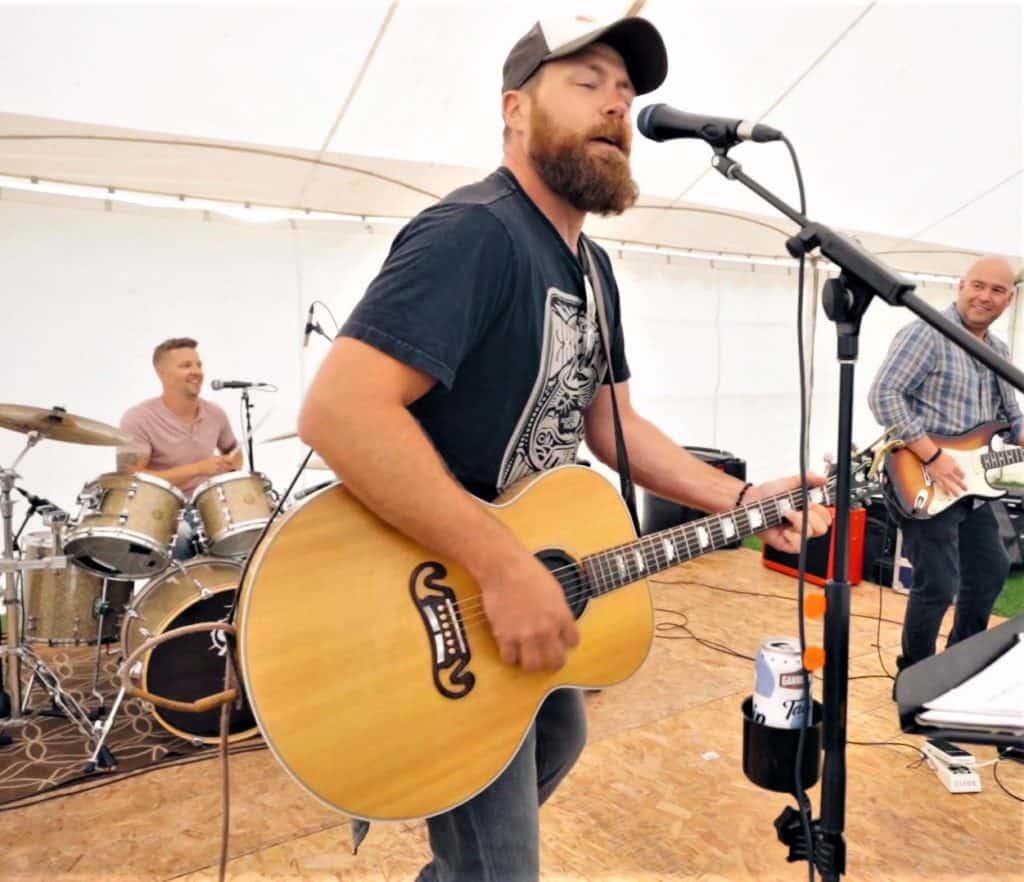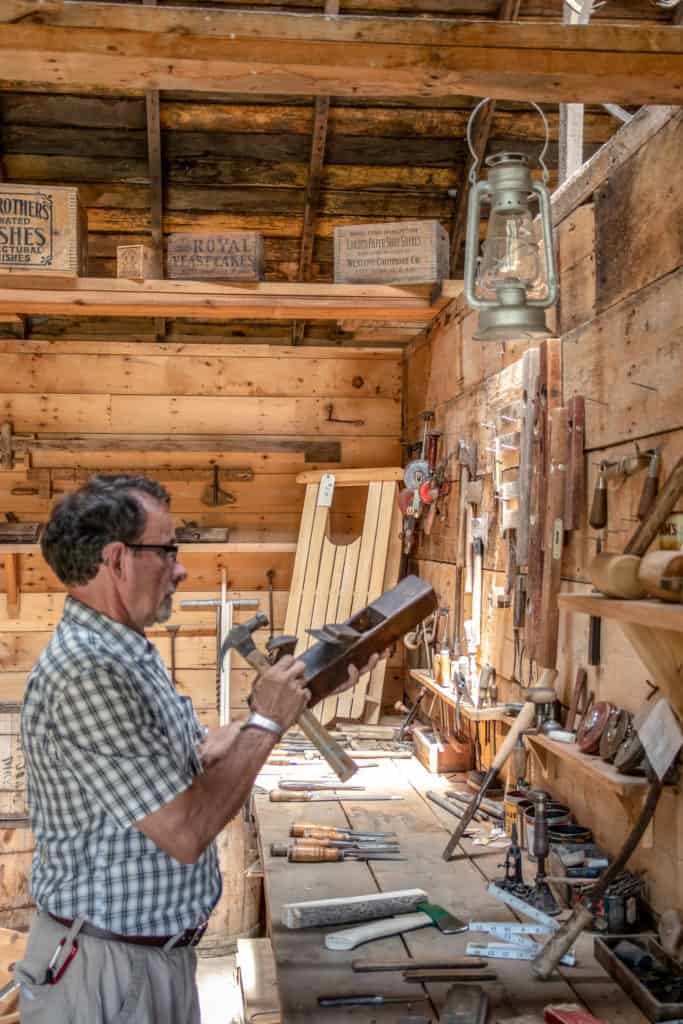St. Joseph, Manitoba, isn’t your typical small bilingual rural town. Rich with history from the pioneer days, the Musée St. Joseph Museum is a must-see attraction.
With 24 buildings on 19 acres, there’s something for everyone.
Lots to Explore
“It’s a historical museum,” Executive Director Camille Fisette Mulaire explains. “One part is a village and one part is based on agriculture. In the agricultural section, we have a huge tractor shed that was built to store equipment that was used in the sugar beet industry. In the pioneer village, we have a huge carpenter shop and a large collection of stationary engines that were used for many purposes on farms before electricity was widely used.”
The buildings, which include a church, a school, a general store, warehouses, and a barn, were all built from 1865-1950 and some were moved to St. Joseph from neighbouring communities.
The museum wouldn’t be what it is today without some unfortunate circumstances.
A Flood of Artifacts
“Mr. and Mrs. Perron, the original collectors of the historical village, saved the buildings and artifacts during the 1950 flood in the Red River Valley area. When people were cleaning out their houses after the flood, the two of them asked if they could go through their garbage and he ended up saving a lot of things from the late 1800s and early 1900s,” she says.
“Mr. and Mrs. Perron, the original collectors of the historical village, saved the buildings and artifacts during the 1950 flood in the Red River Valley area. When people were cleaning out their houses after the flood, the two of them asked if they could go through their garbage and he ended up saving a lot of things from the late 1800s and early 1900s,” she says.
The museum offers tours of the buildings that house some interesting items from not so long ago.
“We have a section dedicated to music so we have 8-tracks, old cylinder records, and things like that. I haven’t put a CD in there yet, but it will be old enough soon,” she explains.
Their annual Montcalm Heritage Festival features many of the museum’s relics and is a huge draw for people near and far.
Small Town, Big Festival
“Volunteers come about three weeks before the festival to get the machinery ready. They just love the mechanics of the equipment and to see them running again. The festival starts with a parade and it’s so long that once the first float finishes going through the town, the last one is just about to start the route,” explains Camille.
Even though it’s in a small town, the festival has a lot to offer.
“There’s a pancake breakfast, music, tours of the buildings, barbecue suppers, demonstrations by leather smiths, blacksmiths, woodworkers—it’s a really big event,” Camille says.


All of this wouldn’t be possible without many dedicated volunteers.
All Thanks to Volunteers
“I am very impressed by the number of volunteers who help out at the festival and at the museum. They have so much passion and some come from as far away as Calgary to help. It’s really amazing to see,” she says.
This coming spring, Camille says they are working on creating a new addition to the property.
“We are in the process of building a new pavilion so that we can have a shelter for people to use during the festival. It will also be good to use during programming and tours so visitors can sit and eat lunch. We’re hoping to build it in spring 2022 and have it ready for next year’s festival. We’re really grateful for Pattern Canada’s support,” says Camille.
Next time you’re in Manitoba, be sure to check out the Musée St. Joseph Museum! Be sure to visit their website here: LINK.